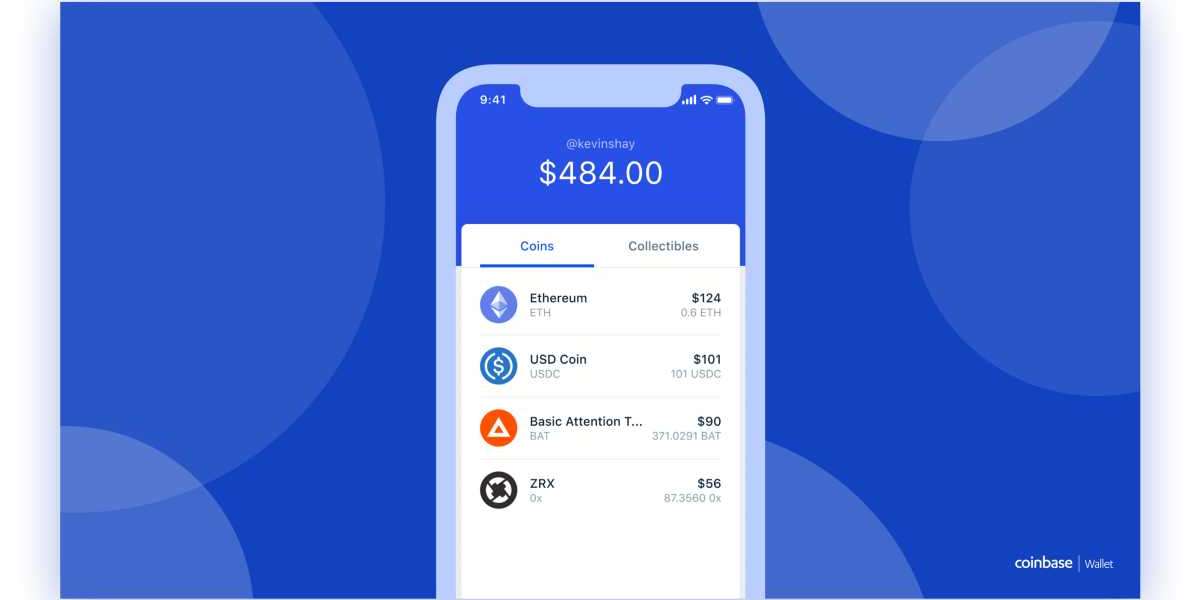In today's higher education landscape, the pursuit of academic excellence goes hand in hand with providing students access to quality resources and services. However, the rising costs associated with textbooks, technology, and other educational essentials can pose financial barriers for many students. To address this challenge and streamline procurement processes, colleges and universities are increasingly turning to higher education buying cooperatives. This collaborative purchasing approach not only drives cost savings for institutions but also maximizes value for students.
Understanding Higher Education Buying Cooperatives
Higher education buying cooperatives, also known as purchasing consortia, are collaborative purchasing organizations formed by groups of colleges, universities, and educational entities. These cooperatives leverage the collective purchasing power of their member institutions to negotiate favorable contracts and pricing with vendors. By pooling resources and centralizing procurement activities, buying cooperatives streamline the purchasing process and drive cost savings for participating institutions.
The Student Advantage
While the benefits of higher education buying cooperatives for academic institutions are significant, the impact on students is perhaps even more profound. Here's how:
Affordable Course Materials:
Through buying cooperatives, institutions can procure textbooks, digital resources, and other educational materials at discounted prices. These cost savings can be passed on to students, making it more affordable for them to access the resources they need to succeed academically. By reducing the financial burden of course materials, buying cooperatives contributes to greater affordability and accessibility for students across diverse socioeconomic backgrounds.
Access to Technology:
Access to educational technology is essential for student success in today's digital age. Higher education buying cooperatives enable institutions to negotiate favorable pricing on computers, software, and other technology products. By making technology more affordable and accessible, cooperatives ensure that all students have the tools they need to engage in online learning, conduct research, and complete assignments. This access to technology empowers students to participate fully in digital learning environments and prepares them for success in the workforce.
Enhanced Library Resources:
Libraries play a crucial role in supporting student learning and research. Through buying cooperatives, institutions can expand their library collections, access electronic databases, and subscribe to academic journals at discounted rates. These enhanced library resources provide students with a wealth of information and research materials, enriching their educational experience and supporting their scholarly pursuits. By investing in library resources, buying cooperatives contributes to the development of well-rounded and informed students who are better prepared to succeed in their academic and professional endeavors.
Campus Amenities and Services:
Beyond academic resources, buying cooperatives also enhances campus amenities and student services. From dining facilities and recreational spaces to student health services and counseling centers, institutions can invest in facilities and services that support student well-being and enhance campus life. These investments create a more vibrant and inclusive campus environment, fostering student engagement and success. By prioritizing campus amenities and services, buying cooperatives contributes to creating a positive atmosphere to support students' learning that promotes student retention and satisfaction.
Scholarships and Financial Aid:
Another indirect benefit for students is the potential for institutions to allocate cost savings from buying cooperatives to scholarships and financial aid programs. By reducing procurement costs and reallocating resources, colleges and universities can invest in initiatives that support student affordability and accessibility. Fellowships, grants, extra tuition, scholarships, and other forms of financial assistance help students pay for tuition, fees, and other educational expenses. Buying cooperatives promotes more equity and opportunity for students from marginalized communities by increasing access to scholarships and financial aid.
Cost Reduction and Affordable Buying: A Path to Student Assistance
In today's higher education landscape, financial barriers often prevent students from accessing quality education and resources. However, by leveraging higher education buying cooperatives to drive cost reduction and affordable purchasing, institutions can reach out to students who require more financial assistance and provide much-needed support.
First, buying cooperatives enables institutions to lower the overall cost of education by negotiating discounted rates on essential educational resources such as textbooks, technology, and course materials. This reduction of expenses directly benefits financially disadvantaged students, making it more feasible for them to afford the tools and resources they need to succeed academically.
Moreover, the affordability achieved through buying cooperatives allows institutions to allocate resources to scholarship and financial aid programs, further supporting students in need. By reallocating savings from procurement activities, colleges and universities can expand scholarship opportunities, offer grants, and provide other forms of financial assistance to students facing economic hardships.
Overall, the cost reduction and affordable buying facilitated by higher education buying cooperatives not only make education more accessible to all students but also demonstrate a commitment to equity and inclusion. Institutions may establish a more supportive and equitable learning environment by putting affordability first and assisting students in need, thus ensuring every student has better opportunities to accomplish their academic and professional goals.
Conclusion
Higher education buying cooperatives play a vital role in maximizing value for students in today's competitive academic landscape. By driving cost savings, improving access to resources, enhancing campus amenities and services, and supporting scholarships and financial aid programs, buying cooperatives contributes to a more affordable, inclusive, and enriching educational experience for students. As colleges and universities continue to prioritize student success and well-being, leveraging the collective purchasing power of buying cooperatives remains a strategic and effective approach to ensuring that all students have the opportunity to thrive academically and beyond.





